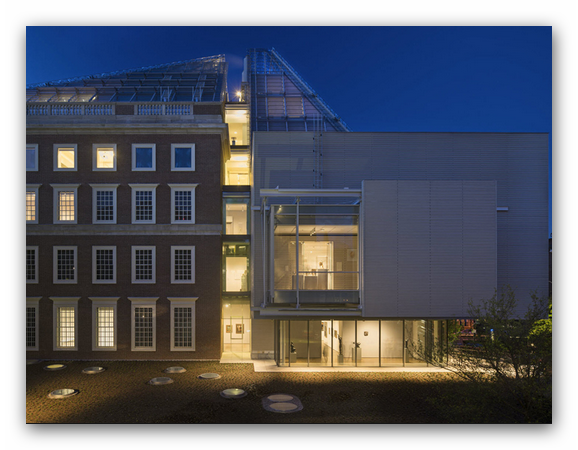Feb 14 2020 - Jul 26 2020
Cambridge, MA
Painting Edo — one of the largest exhibitions ever presented at the Harvard Art Museums — offers a window onto the supremely rich visual culture of Japan’s early modern era. Selected from the unparalleled collection of Robert S. and Betsy G. Feinberg, the more than 120 works in the exhibition connect visitors with a seminal moment in the history of Japan, as the country settled into an era of peace under the warrior government of the shoguns and opened its doors to greater engagement with the outside world. The dizzying array of artistic lineages and studios active during the Edo period (1615–1868) fueled an immense expansion of Japanese pictorial culture that reverberated not only at home, but subsequently in the history of painting in the West.
By the early 18th century, the new shogunal capital of Edo (present-day Tokyo) was the largest city in the world. After centuries of conflict and unrest, the growing stability and affluence of the period encouraged an efflorescence in the arts. Artists creatively juxtaposed past and present, eternal and contingent, elegant and vulgar in a wide range of formats and styles, from brilliant polychrome compositions to monochromatic inkwork. Painting Edo explores how the period, and the city, articulated itself by showcasing paintings in all the major formats—including hanging scrolls, folding screens, sliding doors, fan paintings, and woodblock-printed books—from virtually every stylistic lineage of the era, to tell a comprehensive story of Edo painting on its own terms.
Robert and Betsy Feinberg have generously promised their collection of over three hundred works of Japanese art to the Harvard Art Museums. Judiciously assembled over more than four decades, the collection offers an exceptional opportunity to explore continuities and disruptions in artistic practice in early modern Japan. The stewardship of the collection by the museums ensures access by students, faculty, scholars, and the public, and allows for teaching, research, and further documentation of these important works.
Credit: Exhibition overview from museum website
Exhibition Venues & Dates
Feb 14 2020 - Jul 26 2020
Cambridge, MA
